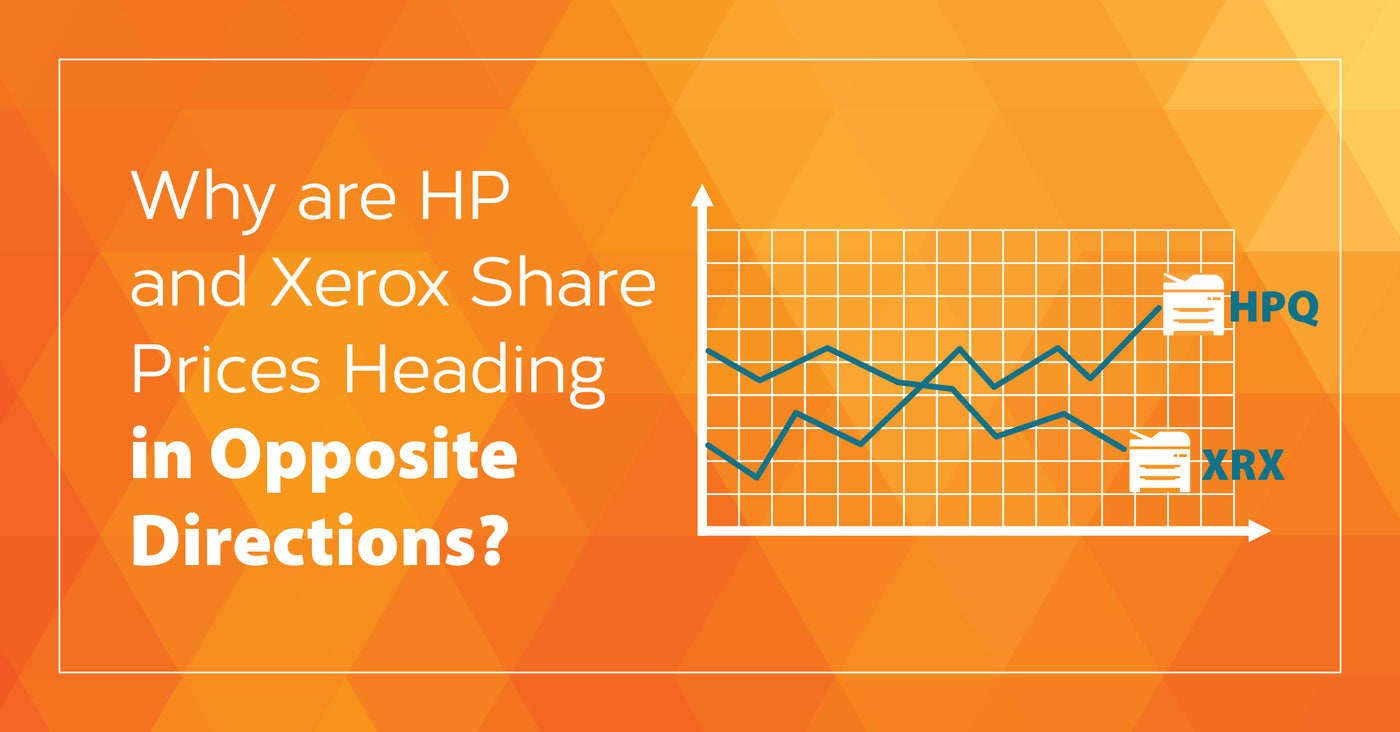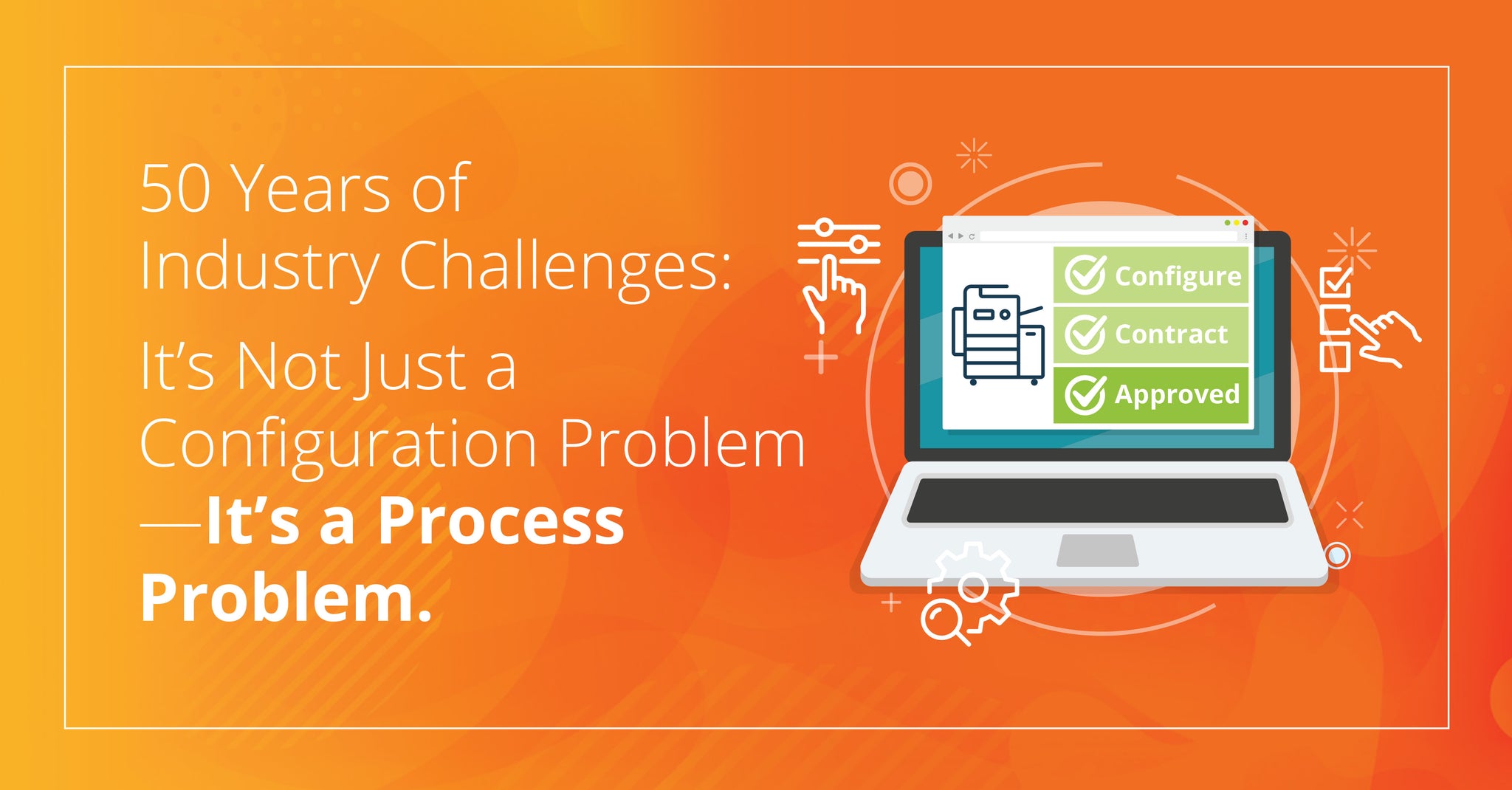
Editors note: This blog was written three days before the announced acquisition. You can read that press release here. If anything, the acquisition validates this article. It also highlights how critical the next 12 months are for your business. If Xerox, a $10 billion (formerly $15 billion) company cannot survive as a profitable standalone entity, how can your business remain focused only on imaging?
The two biggest news items in the office printing industry today come from Xerox and HP. They are going to have an impact on your business.
The first is the whole Xerox sales rumor surrounding Fuji, major shareholders Icahn and Deason, and their displeasure over the secrecy of any potential deal.
The second is about HP’s move in the industry to expand its contract pricing program to more authorized dealers, and to more customers, in 2018.
It’s fun to deconstruct the stories, speculate on motivations for both activities, and then take a dealer perspective about what each will mean. I own no shares of either and would have no financial benefit to pump up one company or deflate the other.
I’ve added links to the 1 year stock charts for both HP (HPQ) and Xerox (XRX).
It’s pretty obvious that you have companies going in opposite directions here. HP revenue, profit, and stock price are all up. As a shareholder, you are really excited about share prices moving from $14 to $24 in the past year. Xerox share prices have gone up in the last month—likely due to ownership speculation. Revenue is declining and earnings have become losses.
In short, if you are a Xerox investor, what would you do? Icahn and Deason are right to revolt. Performance is terrible. Conversely, HP is shining. These two companies are the biggest North American players, and when a company is looking at three years of revenue and profit declines, there will be a huge push to sell, merge, or take the company private. What’s the story at Canon, Konica, and Ricoh? Well, their results are mixed, but those companies are conglomerates and Japanese companies don’t react to investors the same way. Mergers and acquisitions are far less frequent in Japan.
Share price and investors that throw their toys out of the pram are small potatoes though. The real mover and shaker is how aggressive HP is getting with their corporate contract/pricing program. We all know that HP’s acquisition of Samsung’s print division made big news. On the technology side, HP has continued to make huge investments in the PageWide ink technology. They are now giving dealers the ability to sell supplies and hardware at disruptive prices through the channel.
How disruptive?
- Imagine monochrome supplies costs at less than $0.005 per page.
- Imagine color pages at less than $0.04 cents per page.
You can achieve A4 MFP hardware that costs between $2,000 and $5,000. These CPPs may not seem earth shattering to the average dealer, but when the largest vendor in the market starts to flex its muscles on prices, it’s going to have impact. Think back to the stock price conversation we just had; if Xerox wants to compete here, they need to lower their price—they are already suffering revenue and profit declines. These prices are geared to take on the A3 MFP market. That’s a “green fields” opportunity for HP, all net new revenue. A3 vendors like Xerox will respond, but lowering prices in their home market will hurt a lot.
The bottom line: your business needs to become HP authorized and here’s why…
HP is so strong in IT. By combining the print and computer business units, they are tough to compete against. Then again, why would you want to? A lot of dealerships have always seen HP as the enemy, but maybe it’s time to revisit that approach. HP can help you gain a foothold into the computer, desktop, and services market—which is no longer a good idea, it’s a survival tactic.
Over the past decade, office printing for most sub 100 employee organizations (read: 98% of your customer base) is now a subset of IT. If you are trying to move into this space, HP has the brand strength and product line to legitimize your company and sales team.
If you want to survive the coming apocalypse, stop identifying yourself as an imaging dealer. You are a technology dealer. Saying you are a technology dealer is one thing. Having products and services, (and a website that promotes them) is another. We can help.




